
cd_nom

| Author : L. Poncet |
 |
To get the picture, please visit:
Laurent Poncet
Muséum national d'Histoire naturelle - Service du Patrimoine Naturel
e-mail : inpn@mnhn.fr
Despite the Creative Commons license, please inform the author of the use which will be made of his photo
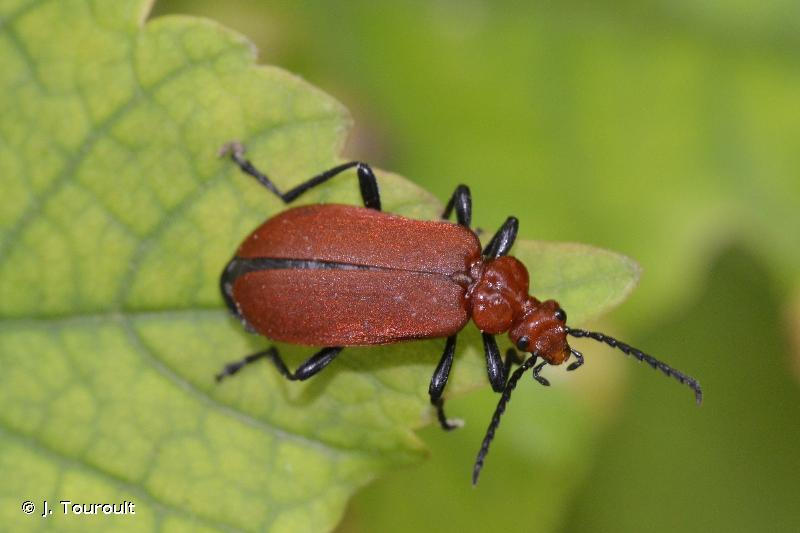
| Author : J. Touroult |
 |
To get the picture, please visit:
Despite the Creative Commons license, please inform the author of the use which will be made of his photo
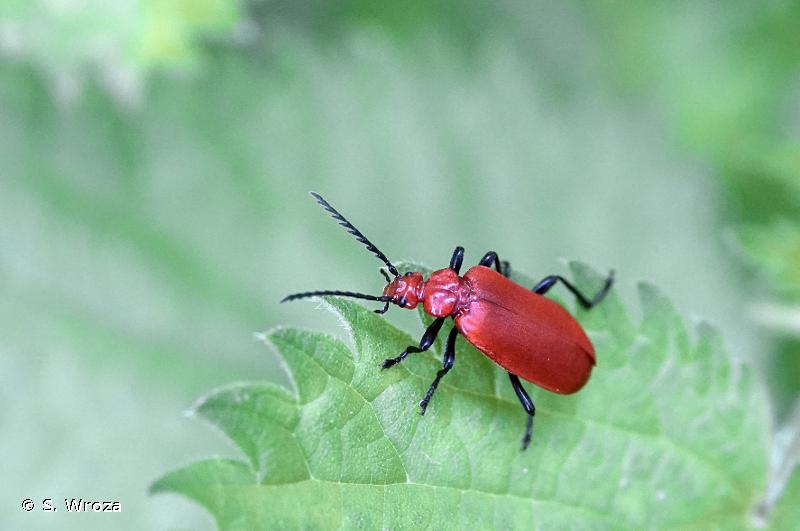
| Author : S. Wroza |
 |
Despite the Creative Commons license, please inform the author of the use which will be made of his photo
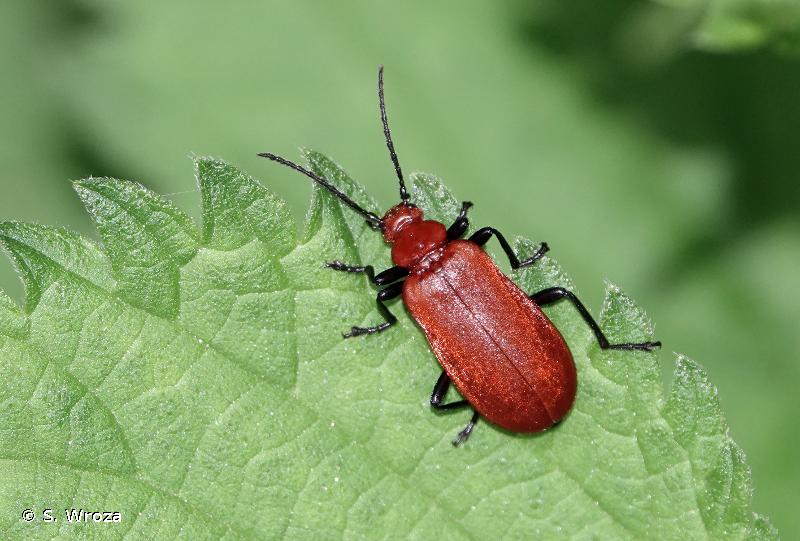
| Author : S. Wroza |
 |
Despite the Creative Commons license, please inform the author of the use which will be made of his photo
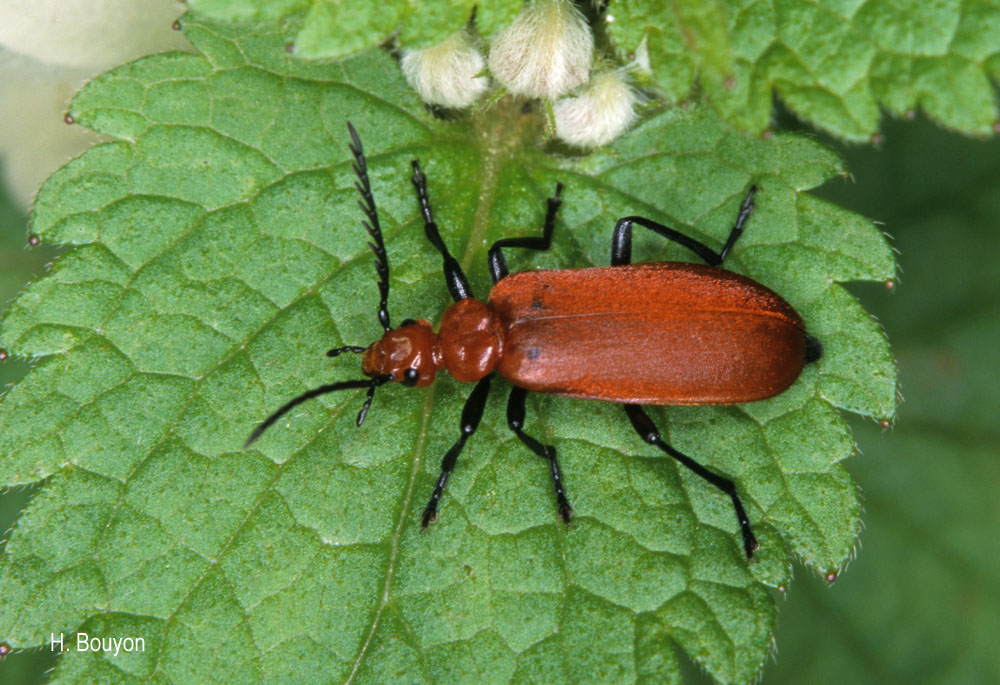
| Author : H.Bouyon |
 |
To get the picture, please visit:
Bouyon Hervé
herve.bouyon@wanadoo.fr
Any reuse of one or more photographs on this site is subject to an authorization request from the author.
Link to the Code of Intellectual Property (Legifrance)
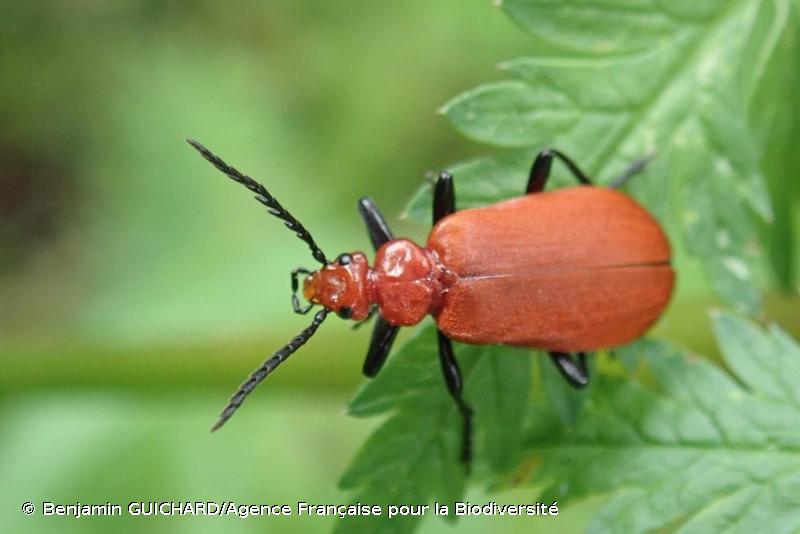
| Author : Benjamin GUICHARD/Agence Française pour la Biodiversité |
 |
To get the picture, please visit:
Benjamin Guichard
email : inpn@mnhn.fr
Despite the Creative Commons license, please inform the author of the use which will be made of his photo

| Author : Benjamin GUICHARD/Agence Française pour la Biodiversité |
 |
To get the picture, please visit:
Benjamin Guichard
email : inpn@mnhn.fr
Despite the Creative Commons license, please inform the author of the use which will be made of his photo
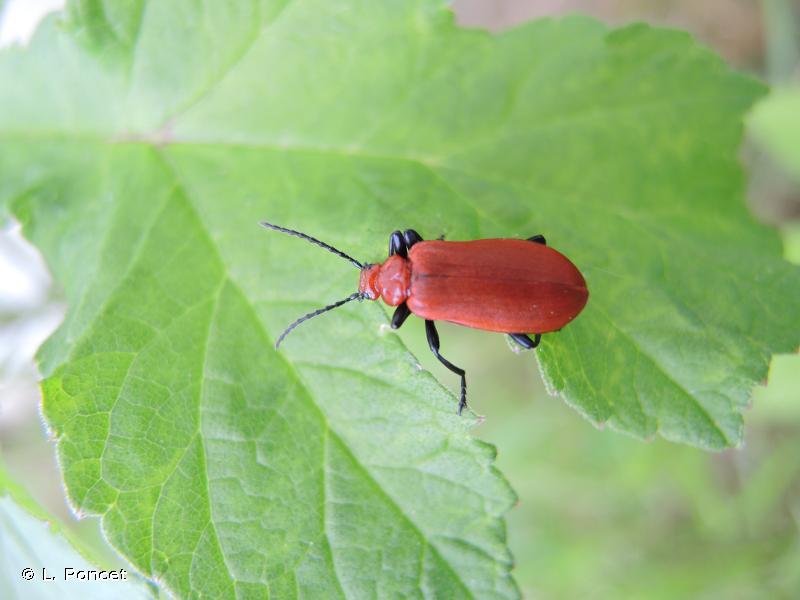
| Author : L. Poncet |
 |
To get the picture, please visit:
Laurent Poncet
Muséum national d'Histoire naturelle - Service du Patrimoine Naturel
e-mail : inpn@mnhn.fr
Despite the Creative Commons license, please inform the author of the use which will be made of his photo
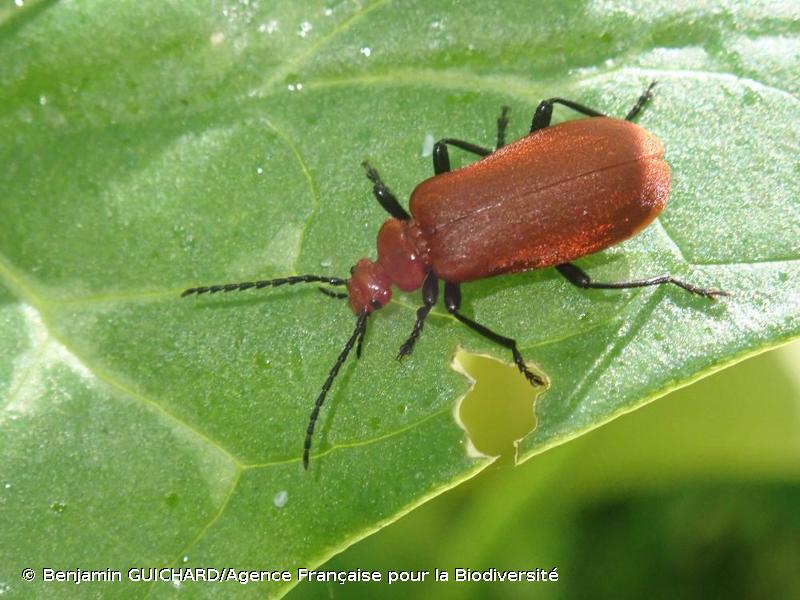
| Author : Benjamin GUICHARD/Agence Française pour la Biodiversité |
 |
To get the picture, please visit:
Benjamin Guichard
email : inpn@mnhn.fr
Despite the Creative Commons license, please inform the author of the use which will be made of his photo
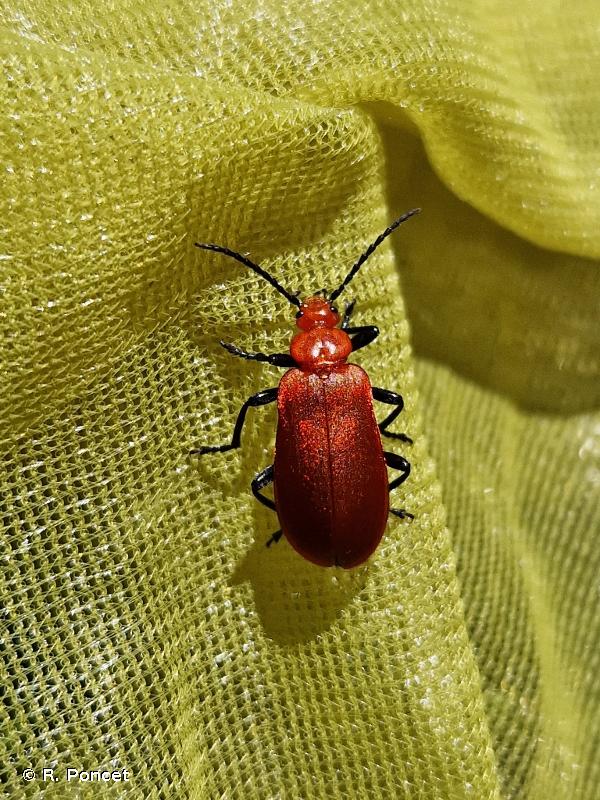
| Author : R. Poncet |
 |
To get the picture, please visit:
Rémy Poncet<br>Muséum national d'Histoire naturelle - PatriNat<br>36 rue Geoffroy Saint-Hilaire CP 41<br>75 231 PARIS CEDEX 05<br>e-mail : inpn@mnhn.fr
Despite the Creative Commons license, please inform the author of the use which will be made of his photo
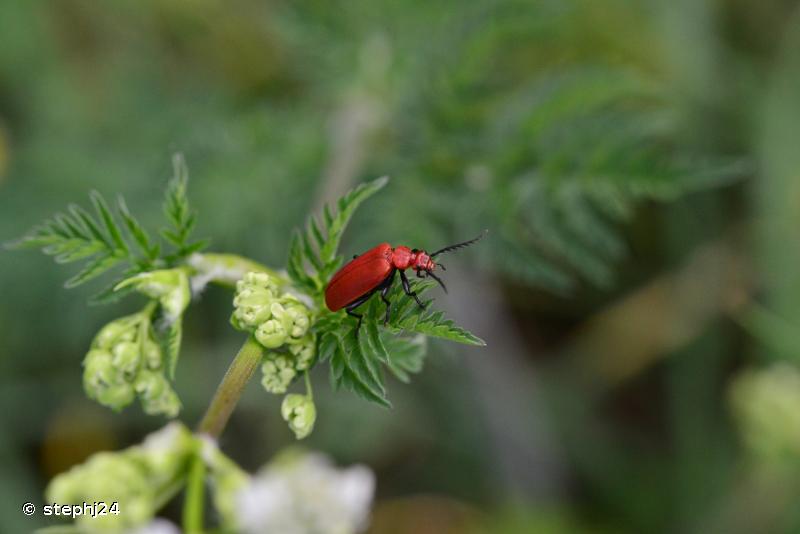
| Author : stephj24 |
 |
To get the picture, please visit:
stephj24
email: inpn@mnhn.fr
Observation partagée via l'application INPN Espèces
Any reuse of one or more photographs on this site is subject to an authorization request from the author.
Link to the Code of Intellectual Property (Legifrance)
Taille :
12-20 mm.
Diagnose :
Dessous du corps, pattes et antennes noirs. Dessus du corps et tête en entier, rouges. Antennes en peigne chez le mâle, dentées chez la femelle. Aucune trace de stries sur les élytres. Le corps a un aspect aplati, peu épais, déprimé. La tête a les tempes élargies en arrière, lui donnant un aspect triangulaire, elle est à peu près aussi large que le thorax. La larve est plate, jaune, la tête et les pattes orange, le dernier segment abdominal porte deux pointes orange.
Facilité d'identification :
Moyennement difficile
Espèces proches :
Cette espèce ne peut être confondues qu'avec d'autres espèces rouges et déprimées, comme Pyrochroa coccinea (Linnaeus, 1761), qui a la tête noire; les Lycidae, notamment le genre Dyctiopterus (aux élytres striées), le très rare Cucujus cinnaberinus (Scopoli, 1763), à la tête noire et plus large que le thora; et le longicorne Pyrrhidium sanguineum (Linnaeus, 1758), plus petit, dont la tête est noire et le thorax n'est pas rouge mais noir avec une pilosité rouge.
Périodes d'observation (adulte) :
Printemps et début d'été, avec un net pic d'observation en mai
Biologie/éthologie :
Les adultes sont floricoles. La larve vit sous les écorces des troncs morts d'arbres à feuilles caduques. Elle consomme du bois infesté de filaments de champignons et consomme aussi des larves d'autres insectes saproxylophages (mangeuse de bois mort).
Biogéographie :
Large répartition en Europe moyenne et du nord. L'espèce est connue de presque toute la France métropolitaine, où elle est commune. Son habitat est constitué de forêts feuillues, parcs et autres boisements. Cette espèce a une préférence pour les boisements humides.
Cette espèce fait partie des espèces de Coléoptères suivies par l'Inventaire national des Coléoptères saproxyliques de France Métropolitaine.
A. Horellou, J. Touroult(PatriNat (OFB, MNHN)),2022
Continental
Metropolitan France
Overseas
Marine
Metropolitan France
Overseas
The map presents a summary at the 10 x 10 km grid of the observation data for the species transmitted to the SINP. These data have been subjected to validation filters.
The map presents a reference distribution layer of the species at the scale of departments and marine sectors. The presence and absence data were established by expertise within a network of partners. This reference distribution is used in the validation process of the SINP data at the INPN level.
Corresponds to a report on the basis of at least one observation proved within a period of 10 years (20 years for little-known invertebrates) preceding the year and no presumption of extinction since obtaining the last data nor doubt on reproductive and implemented nature of this population. For migratory species, the presence indicated concerns areas of reproduction.
This status is based on one or more of the following criteria:
This point covers the absence, more difficult by nature to demonstrate than presence. This status is based on one or more of the following criteria:
This status must be assigned to a department in which the presence of the species is casual.
Particular case of absence due to a proven extinction less than a half century ago (older disappearances are treated as "no probable or definite").
In the state of knowledge, we can not comment on the presence or absence in the current department. This is the default status when not comprised in one of the previous categories or whenever there is doubt.
The map shows the global distribution of the species based on GBIF data (Global Biodiversity Information Facility).
